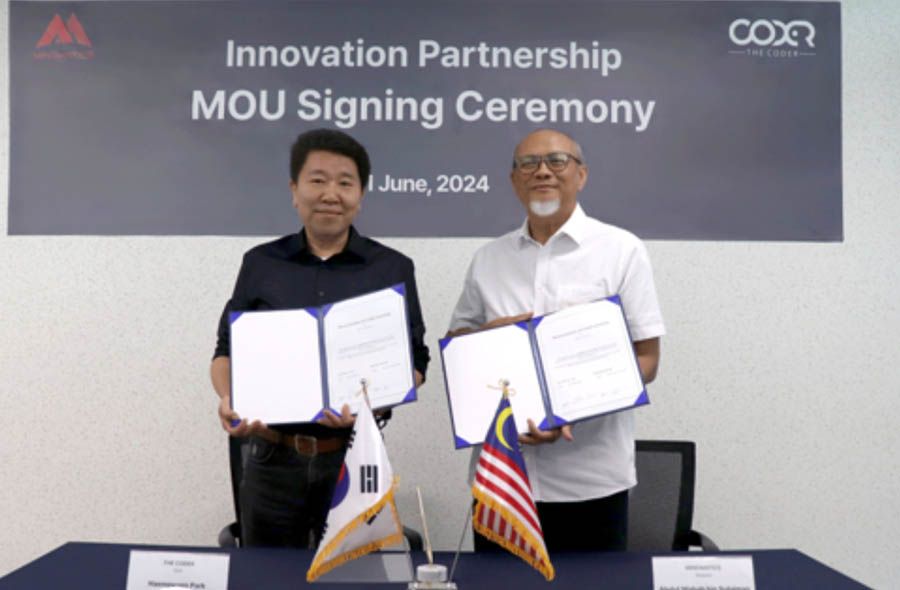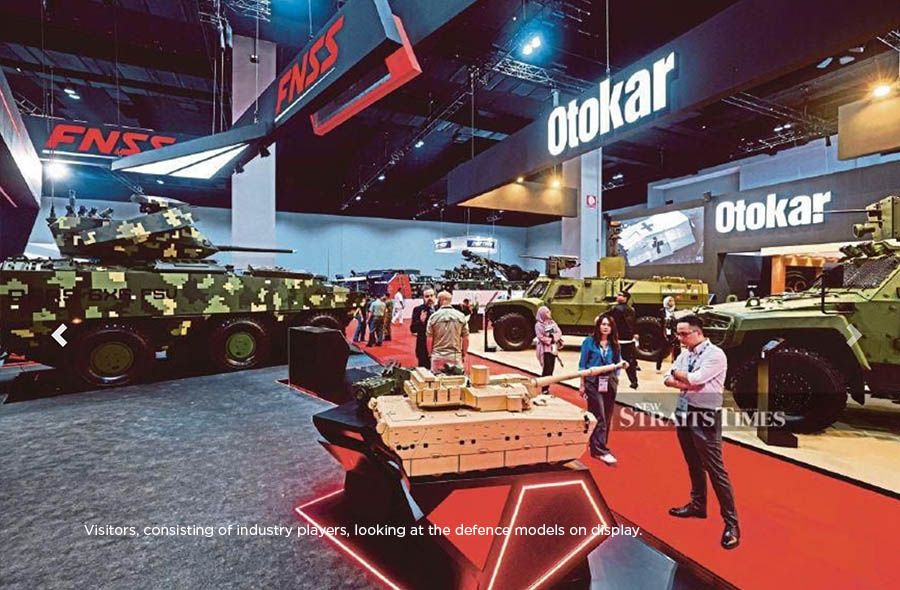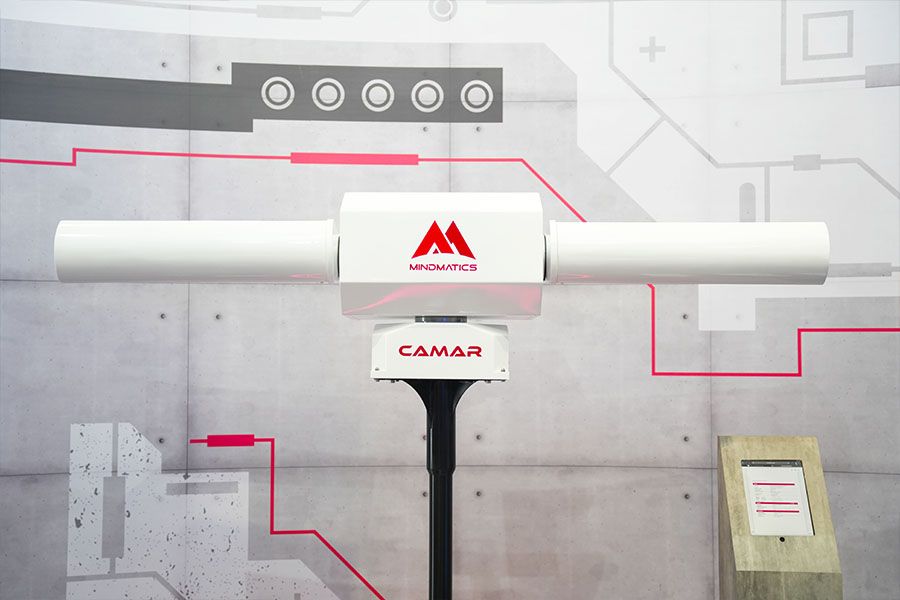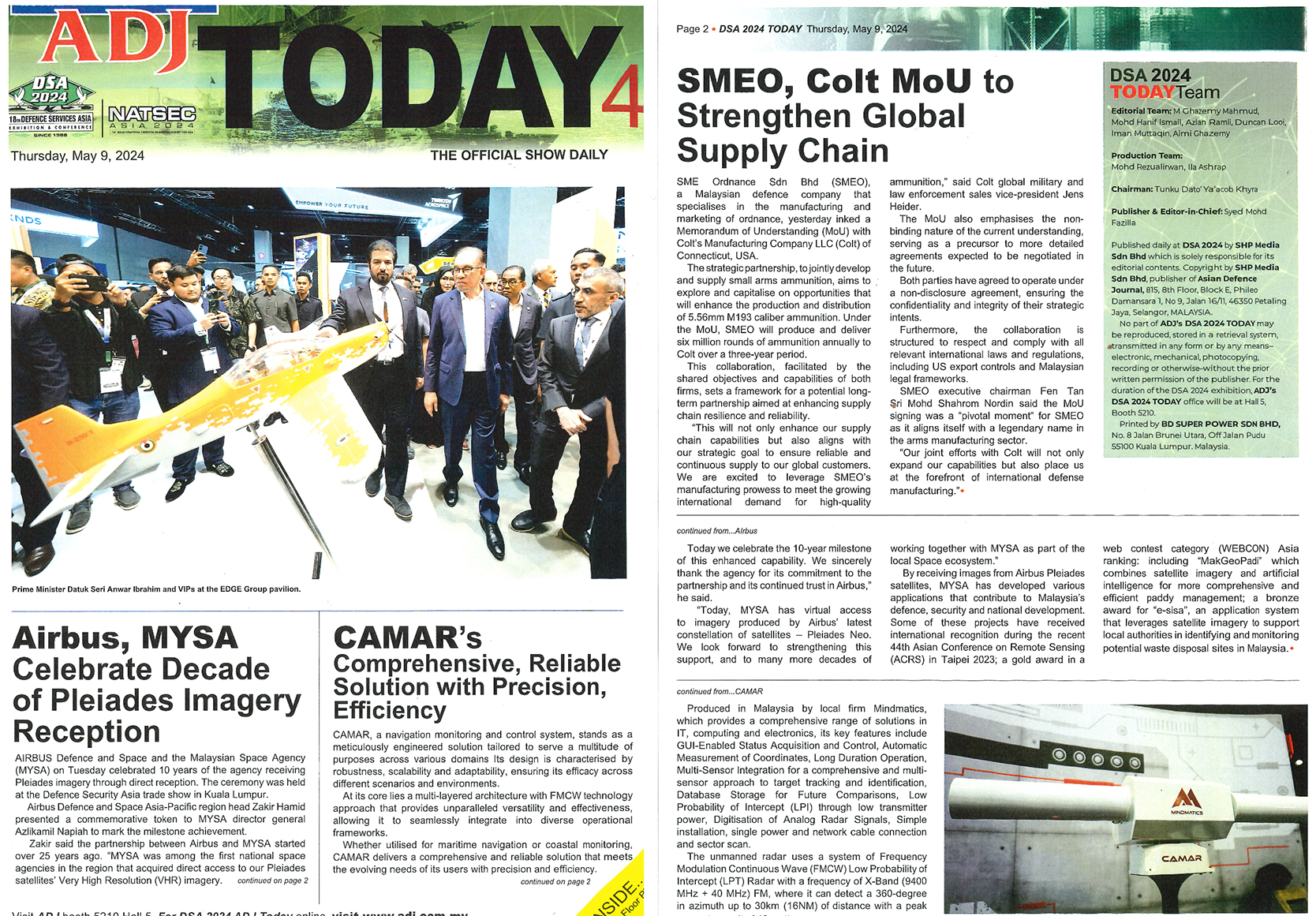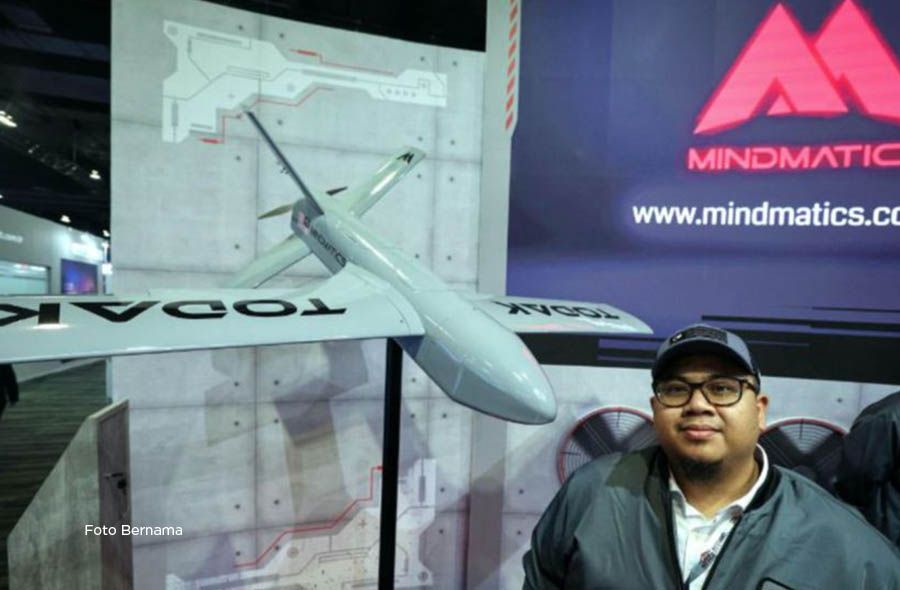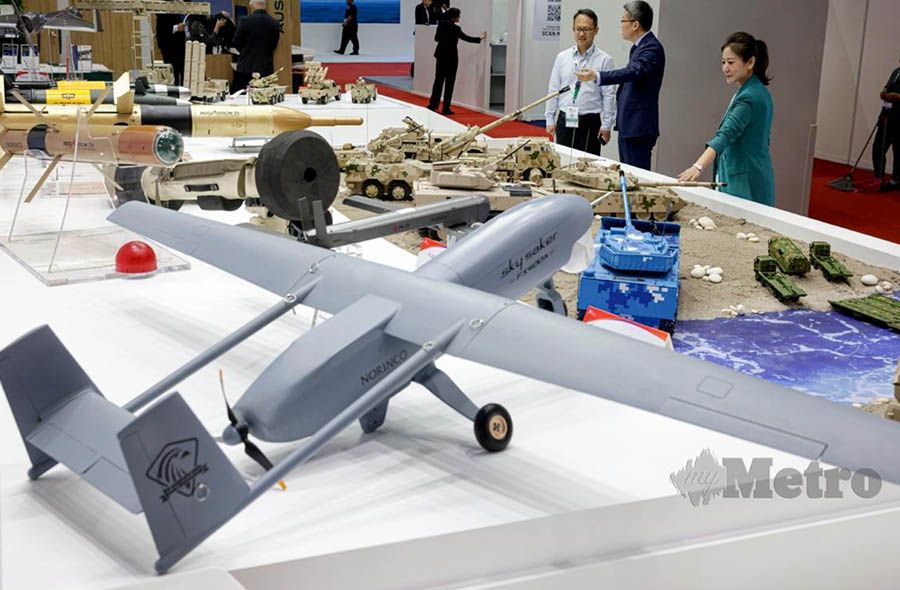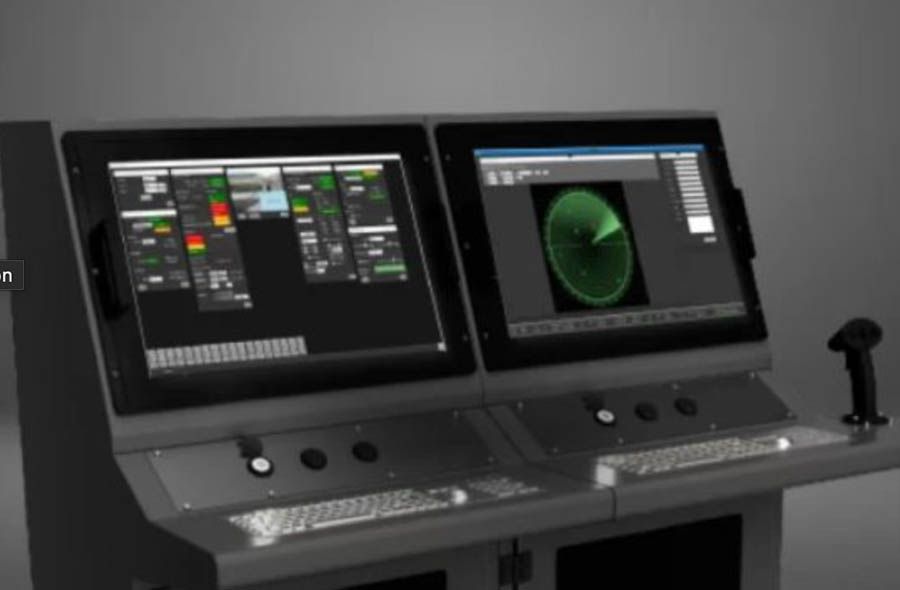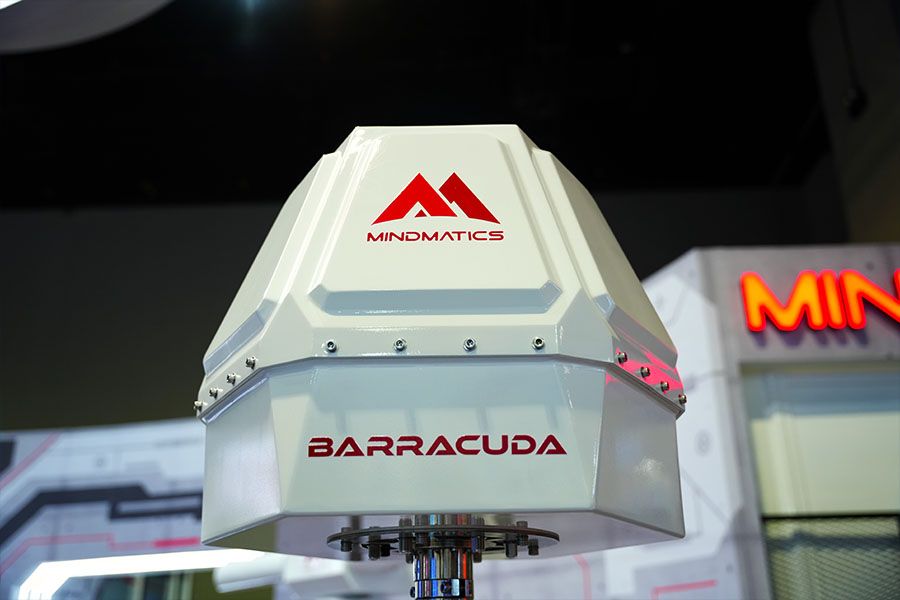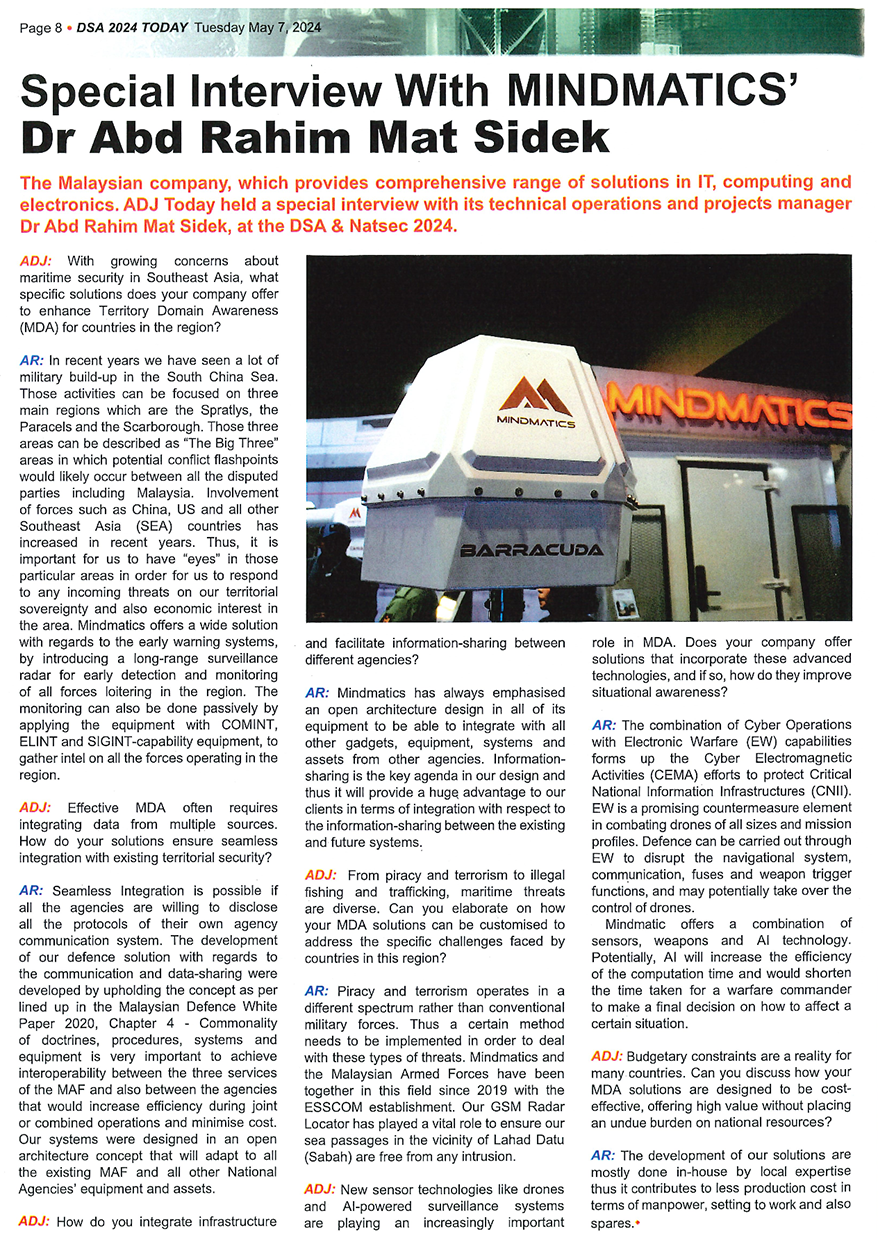The Coder, Mindmatics Sign MOU for Stamping Tech
News Source: The Korea Daily
South Korean IT solutions company The Coder signed a Memorandum of Understanding (MOU) with Malaysia’s Mindmatics on the 11th. Through this agreement, the two companies will integrate The Coder’s innovative DOT (Data on Things) technology with Mindmatics’ expertise to develop customized stamping solutions for the Malaysian market over the next ten years.
Mindmatics, established in 2001, is a Malaysian IT solutions and electronic products supplier providing comprehensive technology solutions, including sensors, communications, and command center solutions. The company specializes in offering localized innovative solutions to meet modern requirements of ‘Command, Control, Communications, Computers, Intelligence, Surveillance, Reconnaissance and Targeting (C4|SRT)’. Mindmatics has also gained attention for its defense technologies, such as the Helang VTOL drone and TODAK missile.
Hangwoon Park, CEO of The Coder, stated, “We are delighted to provide customized solutions to the Malaysian market through this agreement. We will continue to collaborate with various countries to actively expand into the global market and showcase our innovative technology.”
This agreement marks a significant step for The Coder to strengthen its presence in the Malaysian market and expand its technology worldwide. Currently, The Coder is receiving numerous inquiries from various countries about implementing its solutions in various industries such as customs, authentication, security, and supply chain tracking.
Founded in 2016, The Coder is an IT solutions company specializing in security technology. The Coder’s DOT (Data on Things) technology encodes invisible codes onto various physical materials to prevent forgery, provide authentication, and deliver various digital contents. This innovative technology has already impressed many through demonstrations at CES 2024, Singapore ATXSG CommunicAsia, and London EMEA Security 2024.
(park.wonjun.ja@gmail.com)
